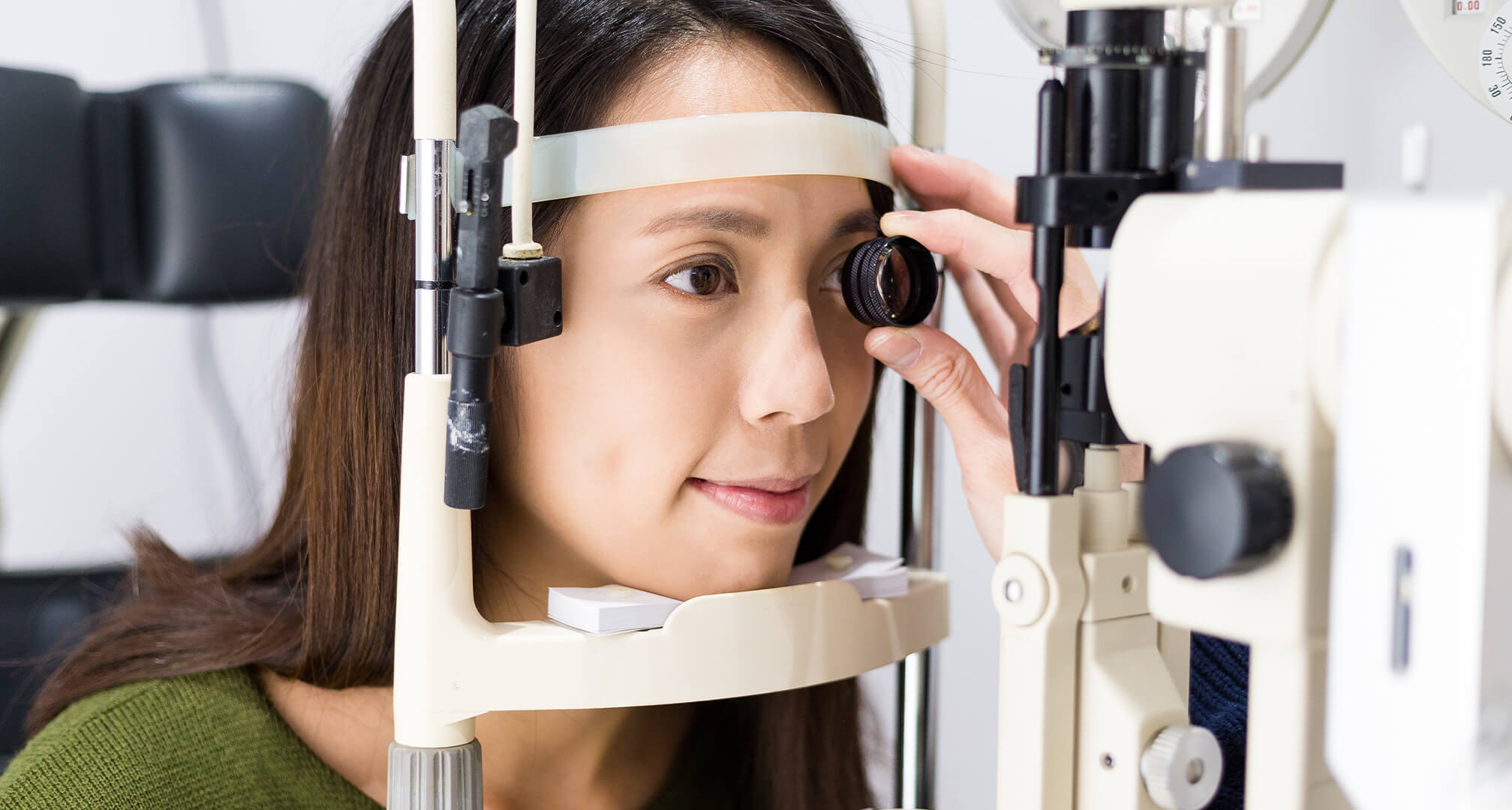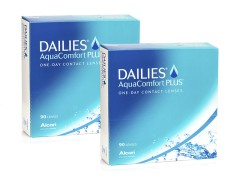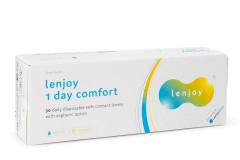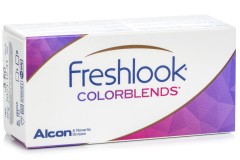Eye pressure: What you need to know

Perhaps you've heard about "high eye pressure" or "ocular hypertension" and you're wondering if this serious condition is affecting you. What is normal eye pressure anyway? This article will explain more about normal eye pressure and will answer some of the common questions such as "What are unsafe levels of eye pressure?", "When does eye pressure become too low or too high?", and "How can I lower my eye pressure?"
What is eye pressure?
According to the American Academy of Ophthalmology, the typical range for eye pressure is 10 to 20 mmHg1. But to first understand what constitutes eye pressure, you must consider "intraocular pressure" (IOP), which refers to the pressure of fluid inside the eye. The human body is designed to automatically drain this fluid, known as aqueous humour, and thus regulate the pressure inside your eyes. Problems arise when there is too much or too little aqueous humour in your eye. Though a buildup of pressure from excess optical fluid might sound painful, the condition is frequently diagnosed without painful symptoms, which makes it a sneakier ailment to catch. This is why visits to an ophthalmologist can be so important.
Furthermore, there's risk of the disease glaucoma when your intraocular pressure rises over a certain level and remains untreated. For a deeper explanation, check out our full blog article on glaucoma. When considering such issues, a common question is whether eye pressure is related to blood pressure. While these are two separate conditions, people with high blood pressure are at a higher risk for glaucoma.
What influences eye pressure?
Old age, obesity, high blood pressure, diabetes, hyperglycaemia, air pollution and a family history of glaucoma can all lead to increased eye pressure2. In addition, side effects from medications can precipitate buildup. Eye traumas and injuries can also certainly contribute to increased pressure. Fluid buildup commonly occurs when the drainage channel for the aqueous humour gets blocked.
How is eye pressure measured?
An ophthalmologist can measure your eye pressure with a tonometry test. In many cases this can be done touchlessly by a small air burst against your cornea. Other tonometry tests involve numbing the eyes with drops.

High eye pressure
Factors such as advanced age contribute to increased eye pressure, but there are certain things you can do to mitigate the situation.
What can I do to decrease eye pressure?
Eating right is important to maintain eye pressure health. Foods high in sodium, saturated fats, sugars and caffeine can all have a negative effect on proper eye fluid drainage. Various studies have intricately measured the way different sleep habits affect one’s eye pressure. In short, eye pressure increases when lying down, and in general it can be said that an imbalance of sleep hormones will also cause an increase. Sleeping too few and too many hours can negatively affect the eyes, so consistent healthy sleep habits are recommended3. Interocular pressure can also increase if large amounts of liquid, even water, are consumed quickly. Studies have also shown that paracetamol and cannabinoids can lower eye pressure4.
How does stress increase eye pressure?
The exact nature of how stress can affect eye pressure is debated, however the negative effect of stress on the human body and particularly the eyes is well-documented. When the human body is stressed, it releases hormones like adrenaline and cortisol that sharpen one’s senses for potential threats. This stimulation causes the pupils to dilate and over time can lead to enhanced eye strain. In particular, this kind of stress reaction is harmful to your optic nerve, a part of the eye that’s affected by increased pressure. Healthy optic nerves with good blood flow are more resistant to glaucoma damage.
High eye pressure treatment
Treatments to mitigate high eye pressure include prescription eye drops or medications to improve ocular fluid drainage or lessen the amount of fluid. These methods will likely be your fastest way to bring down eye pressure. In more serious cases, laser treatments or surgery can be done to improve the drainage channel.
Low eye pressure
While your body is meant to regulate your eye fluid to an ideal amount, problems can also arise from too little eye pressure. This condition, also known as ocular hypotension or hypotony, is mainly caused by two factors, too little aqueous humour, or too much drainage of aqueous humour.
Risks associated with low eye pressure
As with high eye pressure, the symptoms of low eye pressure may not be very noticeable, but over time can cause much damage. The aqueous humour provides nutrients, oxygen and waste removal–having the right amount of it flowing through your eyes is essential5.
Furthermore, when the eye doesn’t have enough pressure to regulate itself, it’s like a ball without enough air6. This lack of pressure can damage the structural integrity of the eye. In extreme cases, if the structure of the eye starts to deteriorate from low eye pressure, it can lead to serious issues such as retinal detachment.
Low eye pressure treatment
There are both surgical and non-surgical treatments for low eye pressure. Many low eye pressure treatments deal with blebs, which are blisters that negatively affect the regulation of aqueous humor fluid. Bleb reduction can be done non-surgically, and since the eye is such a sensitive area, it’s preferably addressed this way before more invasive treatments are attempted.
Closing thoughts from Lentiamo
With this article we hope to have provided you with some useful all-around information to help you achieve normal eye pressure. As always, we recommend referring to your own eye care professional for more personalised advice. As mentioned above, regular visits to an eye doctor can help you catch issues before they become something serious.
Sources
1. American Academy of Opthalmology, Eye Pressure
2. The National Library of Medicine, Risk factors associated with elevated intraocular pressure...
3. Harvard Health Publishing, Poor sleep linked to a common cause of blindness
4. The National Library of Medicine, Intraocular pressure-lowering effect of oral paracetamol...
5. The National Library of Medicine, Ocular Hypotony
6. American Academy of Opthalmology, What is low eye pressure and does it cause any damage to your eyes?








Comments